MO Tested: Goal Zero Sherpa 100 Power Pack & Sherpa Inverter

Flexible portable power for motorcycle adventures
So, the other kids in the palatial MO offices make fun of me for being a gadget guy. That’s okay; I can handle it. Since I’m a photographer in the era of digital film, it comes with the technological territory. Besides, who is the one they come to, Lightning and USB cables in hand, wall-warts dangling limply, at dusk, in a campground with no electrical outlets? Do I remind them that my tank bag had a USB charging station set up in it for this very purpose while we were riding all day? Do I gloat and make them suffer an evening of electronics withdrawal? No, I just hand them my Goal Zero Venture 30 Recharger with its two 2.4A USB ports and tell them to make themselves at home. They were kept connected while I used the Goal Zero Sherpa 100 Power Pack to maintain the function of my camera and iPhone batteries.
MO Tested: Goal Zero Venture 30 Solar Recharging Kit
Devoted MOrons may remember that one of our shooting days on last year’s adventure tour was delayed by camera batteries that were unhappy with the cold overnight temperatures at our campsite. So, this year, I wanted to make sure I was packing enough juice to charge the batteries for my Canon DSLRs. The problem was that I needed 110-volt AC current, not the 12V DC provided by our bikes. Yes, there are any number of inverters that can be plugged into a vehicle’s electrical system, but I needed the batteries charged at the beginning of the day before I’d have the chance to ride and charge those cold-killed batteries. Since I’d had such good luck with Goal Zero in the past, I looked at its website for a solution to my new problem.
Sherpa 100 Power Pack
The Sherpa 100 Power Pack seemed to fit my needs. Although the Sherpa 100 isn’t weatherproof, like the Venture 30, it was built for and has been extensively used by people in remote backcountry areas. Just don’t plan on using it outside directly in the rain.
Travel on a motorcycle can be pretty tough on electronics, so I wanted the power pack to be as beefy as possible, which is why I chose the Sherpa over some less-expensive, more powerful options available in the marketplace that seemed directed more at the portable power requirements of business road warriors and students. Weighing in at 1.9 lbs, the power pack has a capacity of 98 watt-hours (11V, 8,800mAh) with two USB ports rated at 5V, up to 2.1A (10W max). Additionally, the Sherpa has ports for 12V and laptop power – assuming your laptop doesn’t have a proprietary connector, like my MacBook Pro. (There is an adapter available from another vendor that I may test sometime soon.)
The front panel of the Sherpa 100 has two buttons and one switch. The first button is a simple on/off pushbutton for a small LED light – a useful feature that most auxiliary battery packs seem to include these days. The second pushbutton is the one you’ll use the most. Press it once, and a green LED lets you know that the power is on. Blue LEDs in the USB ports also give you the same information.
A LCD screen shows a readout of battery charge status and a temperature warning (when applicable). The white LED for the screen goes out after a few seconds to conserve power, but a short push of the power button turns it back on. Pressing and holding the power button powers down the Sherpa 100. A three-position slide switch directs the power to the 12V and laptop power ports. Finally, the remaining port on the Sherpa’s face is for charging it via a wall adapter, a cigarette lighter adapter, or solar panels (I didn’t test this feature).
Charging the Sherpa was exactly as you’d expect. Plugging a completely discharged one into the wall took around three hours. Since I never completely drained the Sherpa on the road, I found it charged completely in a little over an hour from a 12V source on my bike, using the $5.99 car charger adapter. The manual claims four hours for a complete recharge from zero, which seems reasonable. So, a day’s ride should take care of a fully discharged Sherpa 100. As far as length of use is concerned, I never managed to drain the Sherpa 100 more than about 40% in regular use from just the USB ports – with repeated phone and action-camera charges.
Sherpa Inverter
The Sherpa Inverter is the reason I bought the Sherpa 100 Power Pack. I needed to charge my camera batteries, and the only charger I have requires an AC wall outlet – which wouldn’t be available in the campground. The Sherpa Inverter mounts to the side of the Power Pack via a screw adapter and a power port. Once the Power Pack is on, the inverter’s access to the Sherpa’s power is controlled by a sliding switch. The Sherpa Inverter is capable of putting out 110V at up to 0.9A (100W max) at 60Hz, using a modified sine wave. (Note: Some sensitive devices require a true sine wave, so check your owner’s manuals and test the devices before you depend on the Sherpa Inverter for your power needs.)
Using your AC-powered device is as simple as plugging it in as you would to your wall outlet at home. When I used devices that drew minimal power, the Sherpa Inverter emitted a slight buzz I could barely hear if I put my ear up to it. For more powerful devices, the inverter’s cooling fan would switch on. In the case of my 85W adapter for my Retina MacBook Pro, the fan came on in less than a minute. In fact, the Sherpa Inverter and Sherpa 100 charged my laptop from 5%–38% while I was writing this review. After one hour, give or take a minute or two, the Sherpa 100’s charge dropped to zero. Folks with MacBook Airs or other smaller laptops should expect even better results. (If I order the cable adapter, linked above, the amount of power transferred to the MacBook should be greater since it won’t be converted to 110V and then back to 20V, reducing the total power loss.)
However, that torture test was not why I chose the Sherpa 100/Inverter combination. On our adventure tour, I was able to keep my four camera batteries completely charged – even after the cold overnight temperatures. The Sherpa can also charge devices while it, too, is being charged, something I took advantage of during our massive shooting day at the end of the tour. I also charged my phone and several Bluetooth devices, concurrently. In fact, I’m looking at getting a couple Light-A-Life Mini USB Lights for next year’s adventure tour.
The Goal Zero Sherpa 100 is a bit pricey at $299.99, but if you need a rugged – though not weatherproof – power pack for your extended travels, I highly recommend it. The $49.99 Sherpa Inverter complements the Sherpa 100, making it a compact source for up to 100W of AC power. By virtue of securely mounting to the side of the power pack, the inverter makes the compact 2.25-lb. package, which is a real benefit when traveling on a motorcycle. I think that motorcyclists/digital photographers who like to travel will find this Goal Zero duo quite useful during extended trips out on the road.
For more information, visit the Goal Zero website.

Like most of the best happenings in his life, Evans stumbled into his motojournalism career. While on his way to a planned life in academia, he applied for a job at a motorcycle magazine, thinking he’d get the opportunity to write some freelance articles. Instead, he was offered a full-time job in which he discovered he could actually get paid to ride other people’s motorcycles – and he’s never looked back. Over the 25 years he’s been in the motorcycle industry, Evans has written two books, 101 Sportbike Performance Projects and How to Modify Your Metric Cruiser, and has ridden just about every production motorcycle manufactured. Evans has a deep love of motorcycles and believes they are a force for good in the world.
More by Evans Brasfield



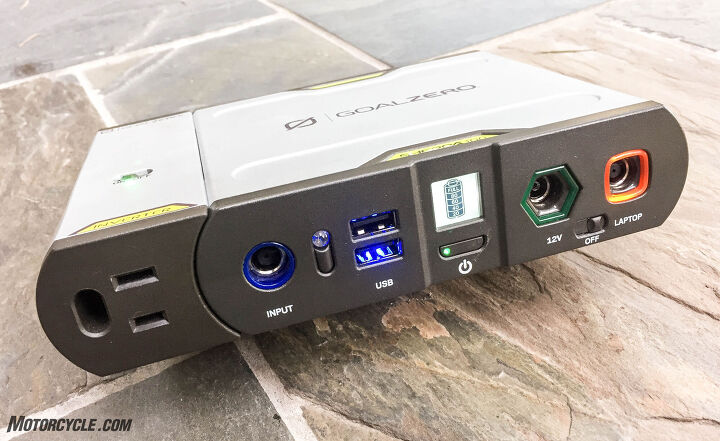
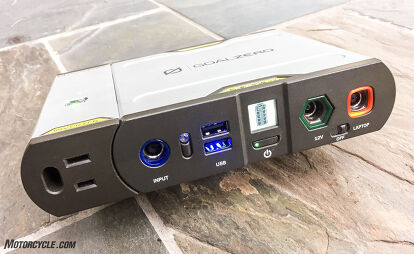




















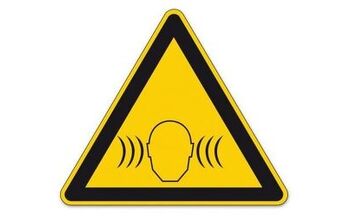

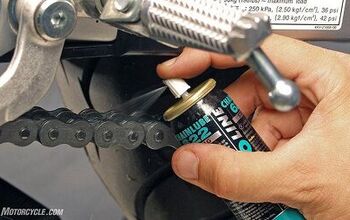














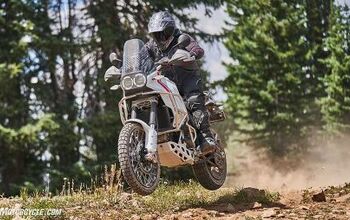
Comments
Join the conversation